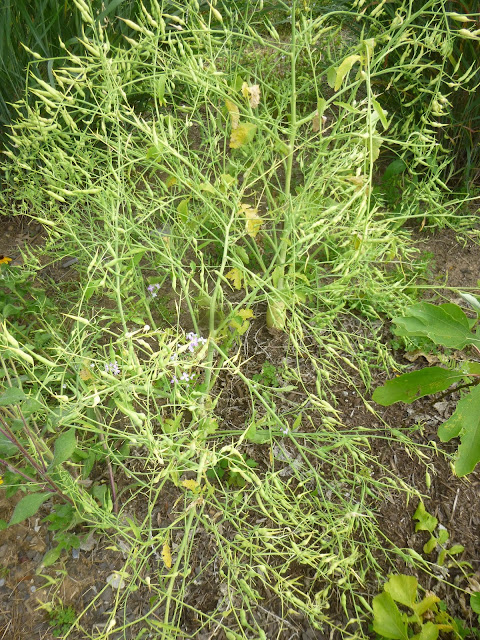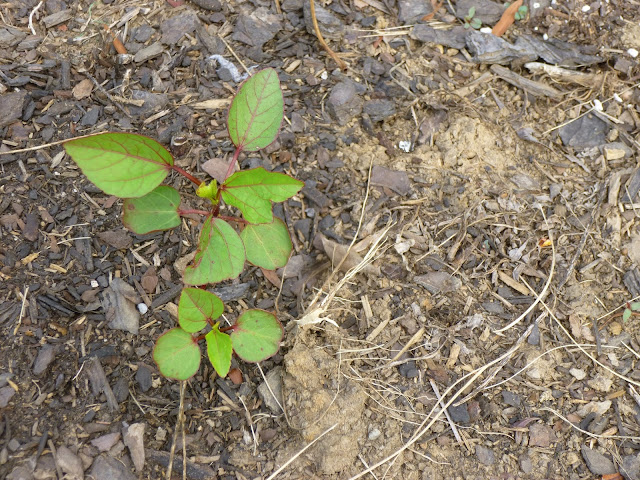 |
| Considering hanging up my indoor seed-starting hat forever... |
I'm hopping mad --- at myself.
I'm mad at myself for failing - consistently and repeatedly - with my efforts to start plants from seed indoors.
I don't have any problem raising plants (at least certain plants) from seed outdoors, but I'm pretty pathetic when it comes to starting seeds in pots indoors.
Well, actually, my first experiment (inspired by videos and blog posts like this) was to try starting seeds in eggshells.
My wife and I diligently saved our plastic clamshell egg containers and washed-out eggshells all winter. In the spring, I purchased a plastic table, grow light and timer, setting up the whole shebang in the garage. Then I packed the shells with plain old topsoil from a big-box store, dusted the soil with seeds and set back to watch the magic.
Sure enough, seeds sprouted!
But the seedlings never grew much. And most of them soon withered and died.
Perhaps I hadn't given them enough water and the soil had dried out?
So I tried again, heading to a growers' supply shop to purchase biodegradable peat pots and some good organic potting soil with fertilizers built in.
Once again -- good germination, not much growth, eventual wilting and death.
I'm tempted to give up on this whole indoor seed-starting business with its grow lights and timers and spray bottles. Instead, maybe I'll try a bit of cold-frame gardening next winter.
Or does anyone want to try to convince me to give it another try and enlighten me as to what I might be doing wrong? Should I try the bottom watering method shown here?










